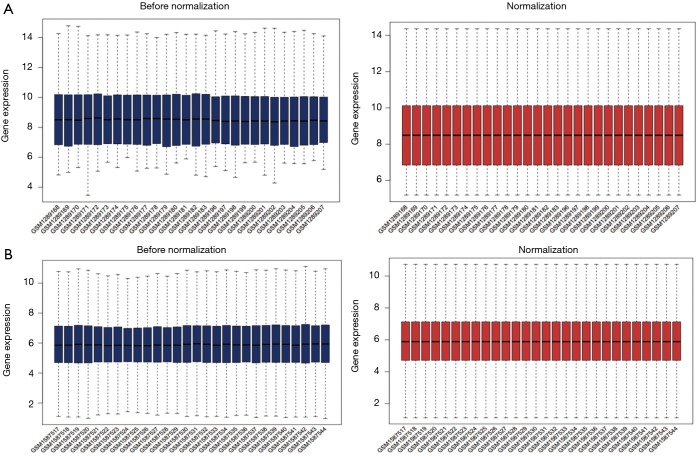
Ulcerative colitis (UC) is a chronic, relapsing and non-specific inflammatory disease, involving various genes and pathways in their pathogenesis. Increasing evidences have showed that microRNAs (miRNAs) act as key post-transcriptional regulators of gene expression in UC.
This current study aimed to identify key miRNAs, potential target genes, and relevant pathways involved in UC to uncover their underlying molecular mechanisms by using bioinformatics analysis.
The mRNA and miRNA expression profiles were retrieved and downloaded from the Gene Expression Omnibus (GEO) database. Differentially expressed genes (DEGs) and miRNAs (DEMIs) were obtained by using the R software package.A total of 79 DEGs and 47 DEMIs were obtained. And a panel of miRNAs and their target mRNAs were identified.
It showed that miR-1231 may be a key regulator for DUOX2 and TFF1. CCL11 may be potentially targeted by miR-625. MMP1 may play vital roles in the development of UC by regulating the miR-1228/PPAR signaling pathway. In addition, we validated the most significantly up/down-expressed miRNAs (miR-92b, miR-625) and two of their corresponding target mRNAs (AQP8 and TAGAP, CCL11 and CHI3L1) in colon tissues of UC models preliminarily. The results were consistent with the microarray analysis.These findings may provide new insights into representing key mechanisms associated with the development of UC.

Identification of Biomolecular Information in Rotenone-Induced Cellular Model of Parkinson’s Disease by Public Microarray Data Analysis.
To explore the expression changes of genes and the pathological processes-related genetic information in Parkinson’s disease (PD) model induced by rotenone. The microarray data set “GSE37178” was downloaded from Gene Expression Omnibus database.
Differentially expression genes (DEGs) at different concentration and time points were examined and clustered using Mfuzz. Functional enrichment was analyzed with The Database for Annotation, Visualization and Integrated Discovery. Search Tool for the Retrieval of Interacting Genes was used to perform the protein-protein interaction (PPI) networks, and functional module analysis of PPI was constructed with Cytoscape.
Moreover, transcription factors (TFs) and microRNA (miRNA) target were screened with TRRUST and WebGestalt GAST, respectively. In total, 680 DEGs were examined in the group with rotenone treatment. Clustering analysis revealed that 115 genes presented a consistent rising trend, and 138 genes presented a falling trend.
Functional enrichment analysis uncovered that the upregulated genes associated with “type I interferon signaling pathway,” and the downregulated genes were related to “proteasome-mediated ubiquitin-dependent protein catabolic process.” The PPI network included 156 nodes and 298 interactions, and ISG15, RRM2, FBXW11, and FOXM1 were the hub genes.
Meanwhile, 38 TF-target and 269 miRNA-target interactions were obtained; the mRNAs of the MIR-181 family have more target genes, such as TRIM13. Our study showed that aberrant expression of ISG15, RRM2, FBXW11, FOXM1, and MIR-181 family were associated with pathological processes in PD, and they could be the research focuses to further investigate the mechanism of PD.

